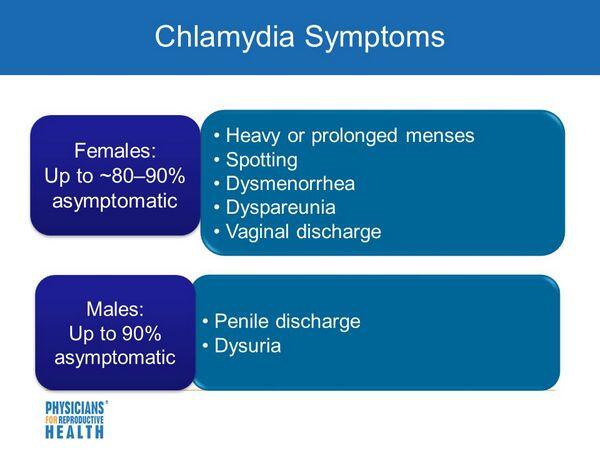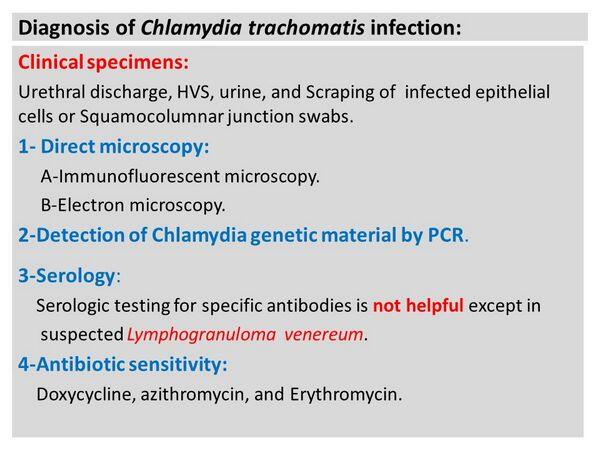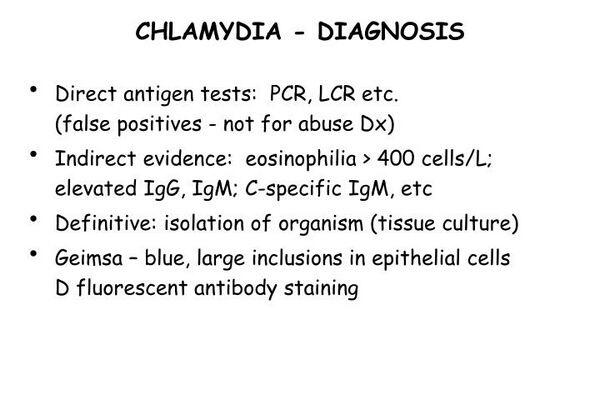| Stage/Type of Syphilis |
Recommended Regimensa |
Follow-up Serology |
| Primary, secondary, or latent syphilis of less than 1-yr duration (early latent syphilis) |
Benzathine penicillin G 2.4 million units intramuscularly in a single doseb |
Quantitative nontreponemal tests at 6 and 12 months for primary and secondary syphilis; at 6, 12, and 24 months for early latent syphilisc |
| Latent syphilis of more than 1-yr duration (late latent syphilis) or syphilis of unknown duration |
Benzathine penicillin G 2.4 million units intramuscularly once a week for 3 successive weeks (7.2 million units total) |
Quantitative nontreponemal tests at 6, 12, and 24 monthsd |
| Neurosyphilis |
Aqueous crystalline penicillin G 18-24 million units intravenous (3-4 million units every 4 h or by continuous infusion) for 10-14 dayse or |
CSFf examination every 6 months until the cell count is normal; if it has not decreased at 6 months or is not normal by 2 yr, retreatment should be considered |
| Aqueous procaine penicillin G 2.4 million units intramuscularly daily plus probenecid 500 mg orally four times daily, both for 10-14 dayse |
| Congenital syphilis |
Aqueous crystalline penicillin G 50,000 units/kg intravenous every 12 h during the first 7 days of life and every 8 h thereafter for a total of 10 days or |
Quantitative nontreponemal tests every 2-3 months until nonreactive or titers have decreased 4-fold |
| Procaine penicillin G 50,000 units/kg intramuscularly daily for 10 days |
| Penicillin-allergic patientsg |
| Primary, secondary, or early latent syphilis |
Doxycycline 100 mg orally 2 times daily for 2 wkh,ior |
Same as for non-penicillin-allergic patients |
| Tetracycline 500 mg orally 4 times daily for 2 wkh,i |
| Latent syphilis of more than 1 year’s duration (late latent syphilis) or syphilis of unknown duration |
Doxycycline 100 mg orally 2 times a day for 4 wki or |
Same as for non-penicillin-allergic patients |
| Tatracycline 500 mg orally 4 times daily for 4 wki |
| aRecommendations are those of the Centers for Disease Control. bSome experts recommend multiple doses of benzathine penicillin G or other supplemental antibiotics in addition to benzathine penicillin G in HIV-infected patients with primary or secondary syphilis; HIV-infected patients with early latent syphilis should be treated with the recommended regimen for latent syphilis of more than 1-yr duration. cMore frequent follow-up (i.e., 3, 6, 9, 12, and 24 months) recommended for HIV-infected patients. dMore frequent follow-up (i.e., 6, 12, 18, and 24 months) recommended for HIV-infected patients. eSome experts administer benzathine penicillin G 2.4 million units intramuscularly once per week for up to 3 weeks after completion of the neurosyphilis regimens to provide a total duration of therapy comparable to that used for late syphilis in the absence of neurosyphilis. fCSF, cerebrospinal fluid. gFor nonpregnant patients; pregnant patients should be treated with penicillin after desensitization. hAlthough less effective than either the doxycycline or tetracycline regimen, erythromycin 500 mg orally 4 times daily can be considered as an alternative regimen for nonpregnant patients. iPregnant patients allergic to penicillin should be desensitized and treated with penicillin. |






